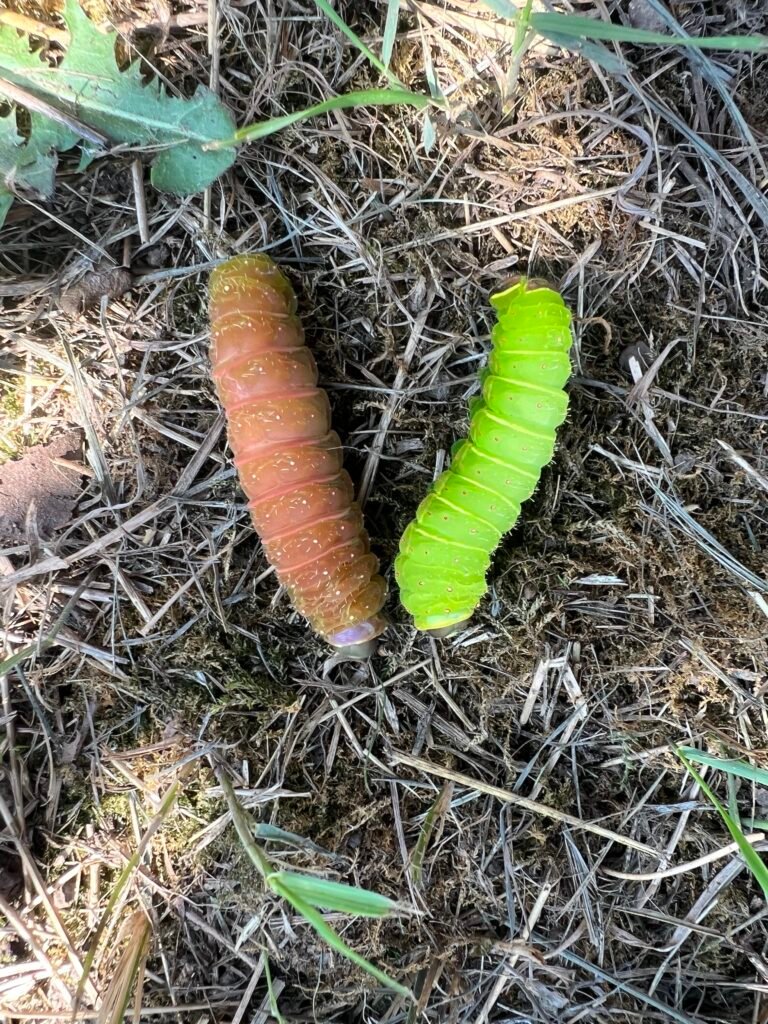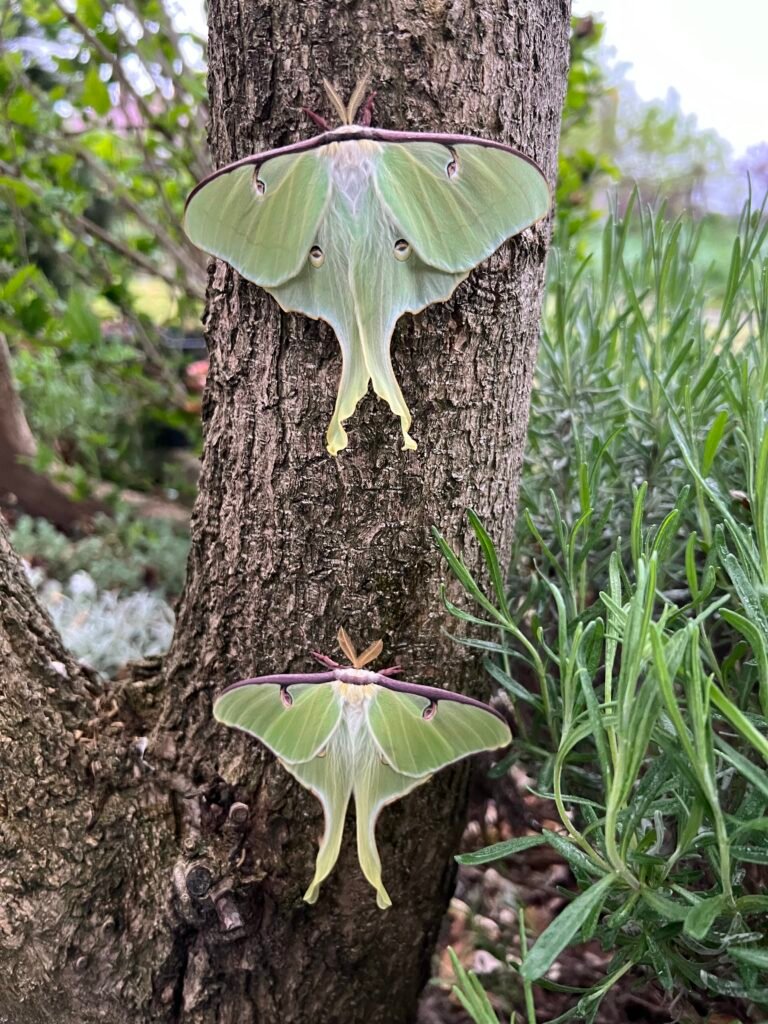(Linnaeus, 1758)
Distribution Nearctic region, USA, Canada
Biotope Deciduos forests, Parks, Gardens, Suburbs
Food plants Betula, Juglans, Liquidambar, Salix, Rhus
Voltinism : univoltine, multivoltine. Populations from the Florida area may have up to 4 generations per year, populations from Canada typically have 1-2.
Pupation Caterpillars are silk encasing. They spin cocoons in trees, or in leaf litter on the ground.
Difficulty : Very easy to rear, suitable for beginners.
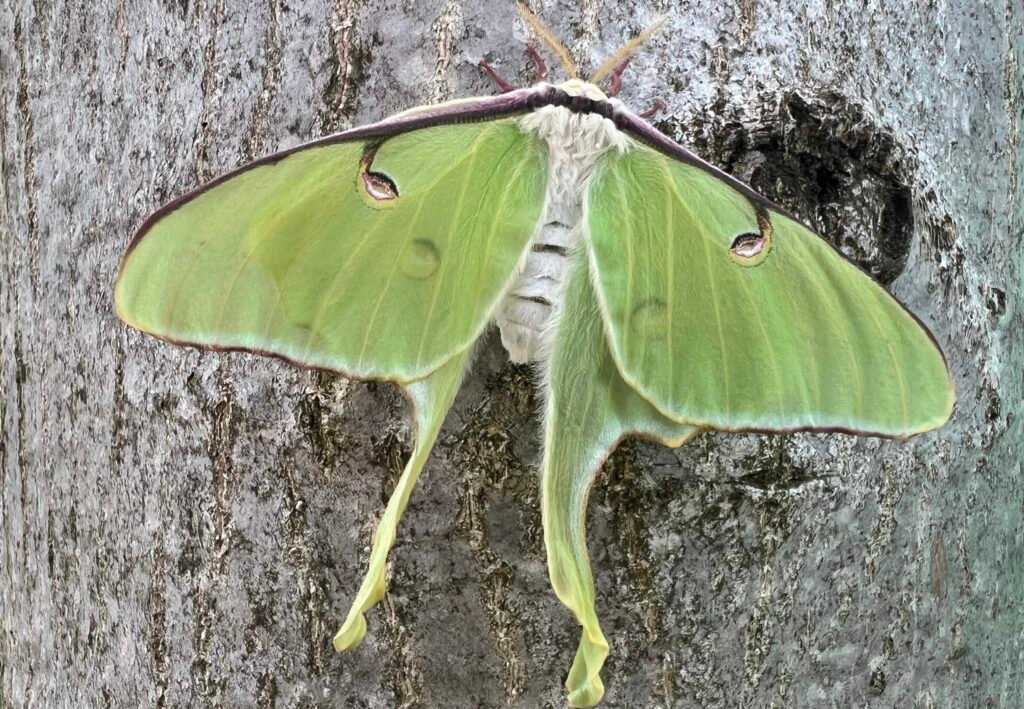
Stunning moth from the Nearctic region, from the genus Actias. This species is one of the most beautiful and most notorious moths. This title undoubtedly belongs to it rightfully.
It is a beautiful green moth, with typical long or sometimes short tails on the hind wings. Moths can have different shades of green, depending on the time they hatch, for example, the spring and summer generations differ slightly. In some locations, a form called Actias luna rubromarginata occurs in spring. There are also various variations of the windows on the moth's wings. They can be white or yellowish in color.
The caterpillars feed on various deciduous broadleaf trees. This species is very easy to keep. Rearing caterpillars is very simple and possible in spacious mesh enclosures or directly on living trees in monofilament nets.
Basic breeding factors are important, such as maintaining cleanliness, not keeping too many caterpillars together, and regularly changing and maintaining fresh food. The caterpillars really like good ventilation and do not like moisture.
The eggs are small and round, off-white to light brown in color. The caterpillars hatch from the eggs in about 12-14 days.
L1- Freshly hatched caterpillars are very small and have various color variations.
They can be green, green-black.
Initially, the caterpillars can be fed in a small plastic box where they settle and begin to actively feed. As soon as they stop wandering around the enclosure, the caterpillars are directly transferred to a large, spacious mesh enclosure. The rearing of the caterpillars can continue like this up to the actual pupation.
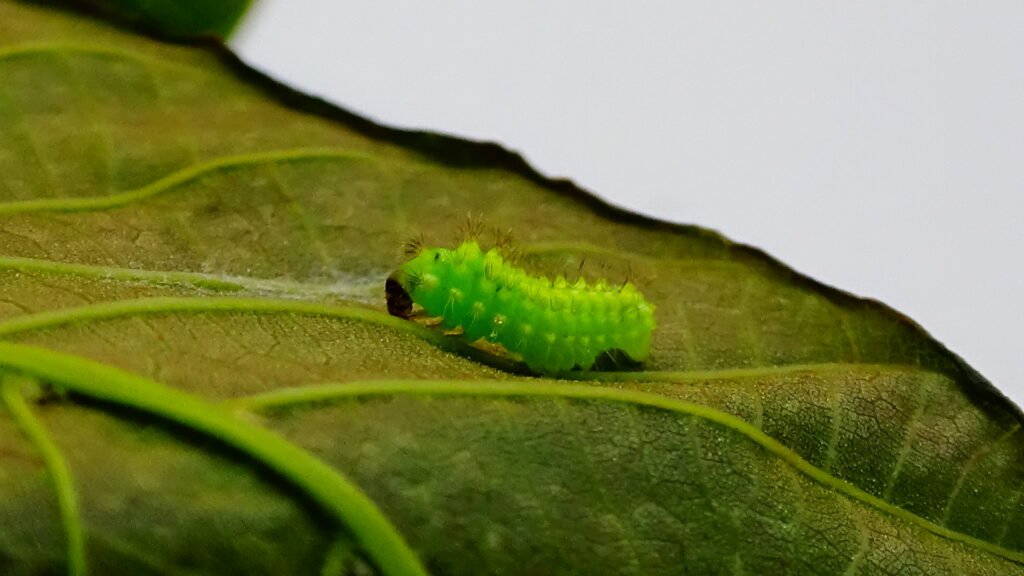
L2- The cats are similliar in looks through all the instars, the colors change a little bit but most importantly they grow really big and get really chunky. The second instar has a little bit more color, The tubercules have a hint of brown or black on them so they become more visible, Some hairs also turn little darker.
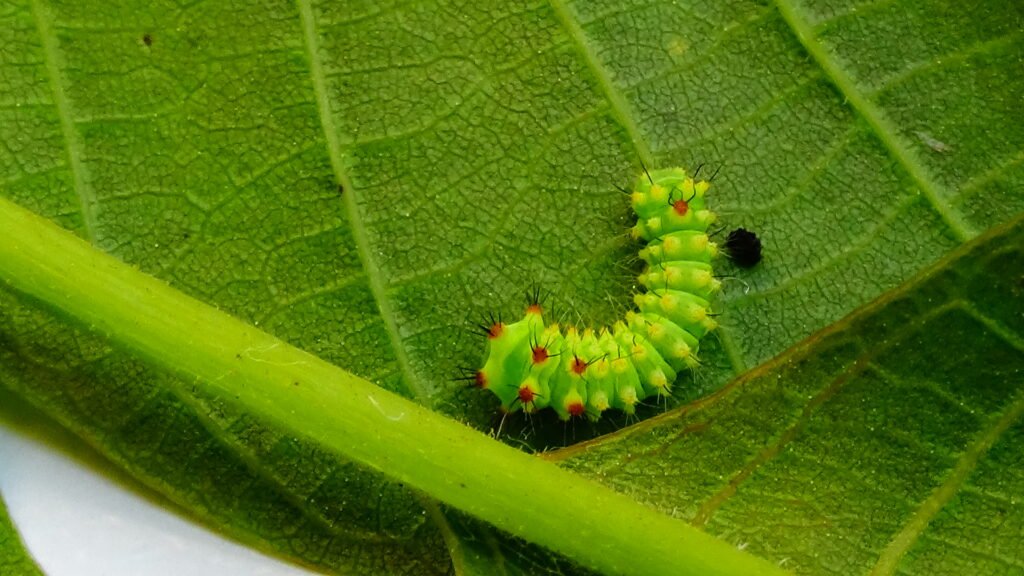
L3- In this instar they look very similliar to the previous, except they are bigger and you can notice the orange spiracles on their sides.
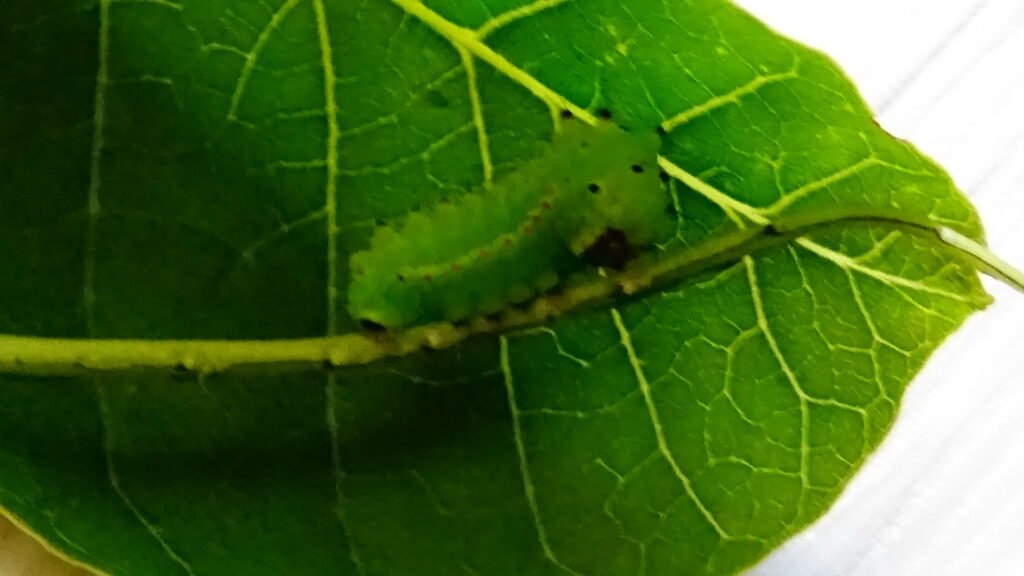
L4- Also very similliar to L3, they are getting quite big in this stage.

L5- In this phase, the caterpillars begin to consume a huge volume of food. They are considerably large and massive.
The tubercles are not very prominent, but the spiracles are clearly visible. An interesting fact is that some caterpillars have green heads, while others have brown heads. Likewise, the spiracles can be of different colors; these colors are also subtly visible on the tubercles or dots arranged in regular rows along the caterpillar's body.
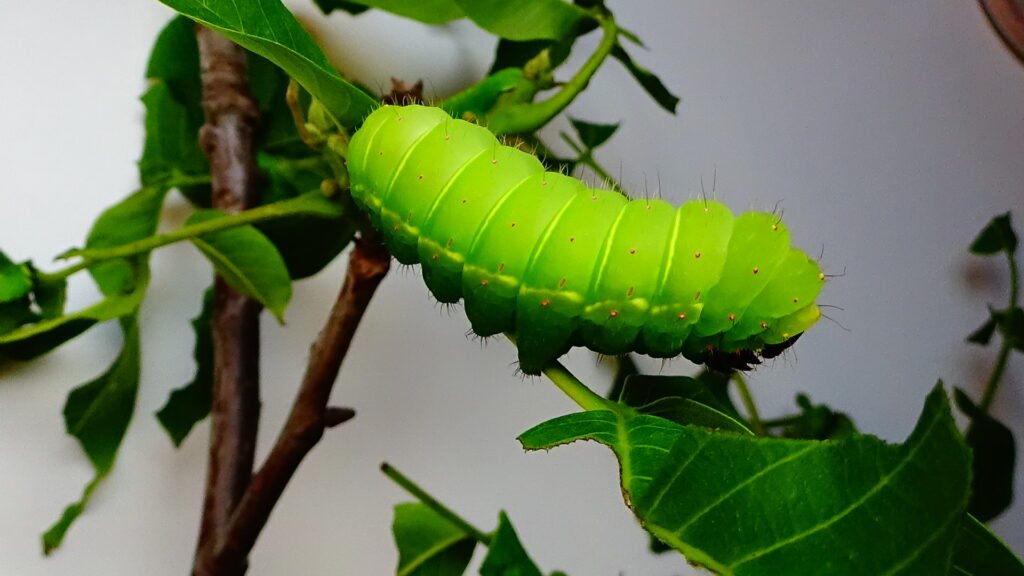
The entire development of the caterpillar takes about a month under the right conditions and with suitable nutrition.
Some populations can have up to 4 generations in the wild, while others have only 2 or even just 1. This depends on the weather, conditions, and also the location. When we raise this species in the spring months, we can expect, depending on the weather, another generation or even several generations. If we raise them at the end of summer, when the leaves are beginning to fall, it is better to overwinter these species, either in a refrigerator or outside in a mesh enclosure.
When overwintering outdoors, there is a risk of various predators that like to feast on the cocoons, or premature hatching due to the current climatic situation and temperatures that remain high even in later months. If we choose to overwinter in a refrigerator, it's best to place the cocoons in moss or dried peat, which holds moisture well. However, they need to be aired regularly to prevent mold, and moistened so they do not dry out in the refrigerator.
Pairing is very easy just place the moths in a mesh enclosure and position it outdoors or indoors near an open window. However, if you decide to breed them outdoors, it's important to place them mimo dosah predátorov ako sú mačky, alebo aj vtáky, mravce a hlodavce.
The moths will begin mating as soon as evening falls and darkness covers the sky.
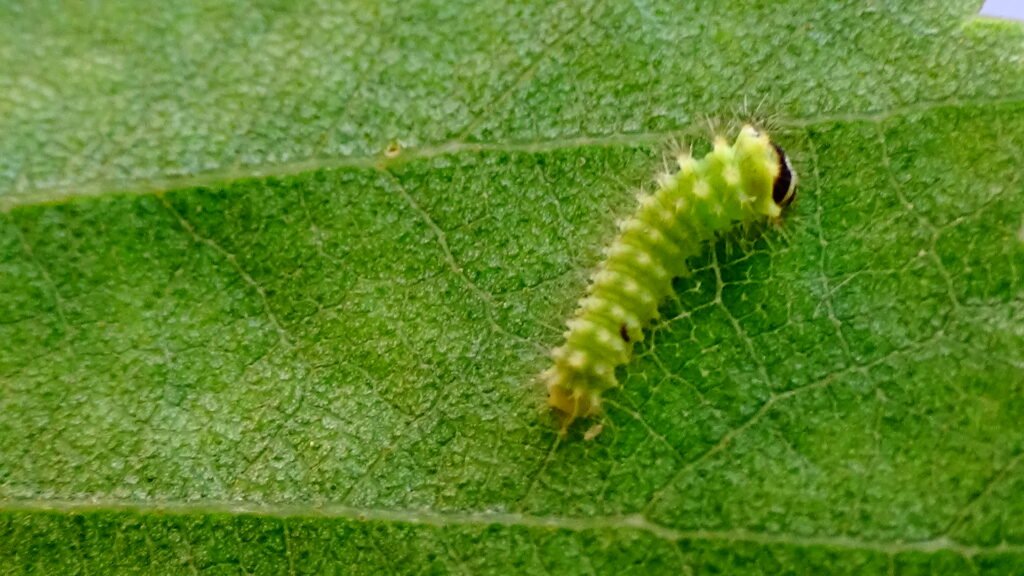
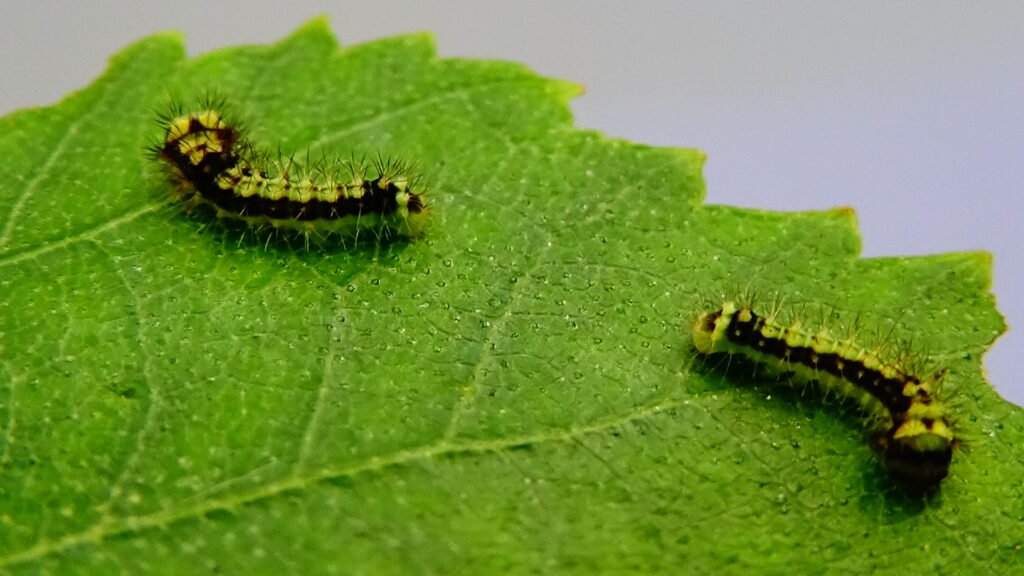
Farebné variácie húseníc Actias luna.
